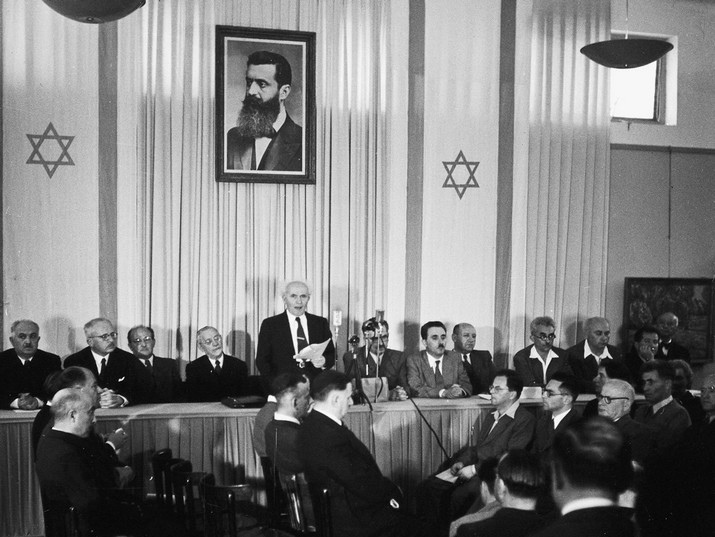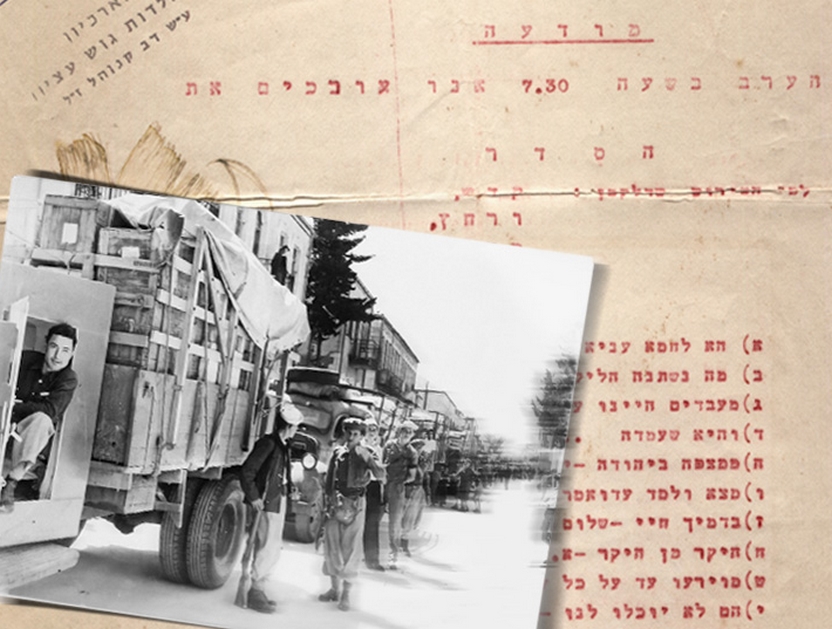תנאי השימוש:
Prohibition of copying
It may be prohibited to copy and use of the item for purposes of reproduction, publication, distribution, public performance, broadcasting, dissemination via the internet or by any other means, and creating a derivative work of the item (for example, translation, modification or adaptation) in any form or by any means, including digital or analog media, without prior agreement of the copyright owner and/or the owner of the collection.
To check the use of an item, please complete the Inquiry for Copyright form.
Additional information: The item may be subject to copyright and/or terms of agreement.
If you believe that there is an error in the information above, or in case of any concern of copyright infringement in connection with this item, contact us using the Inquiry for Copyright form.

 Sign in with Google
Sign in with Google
 Sign in with Facebook
Sign in with Facebook


